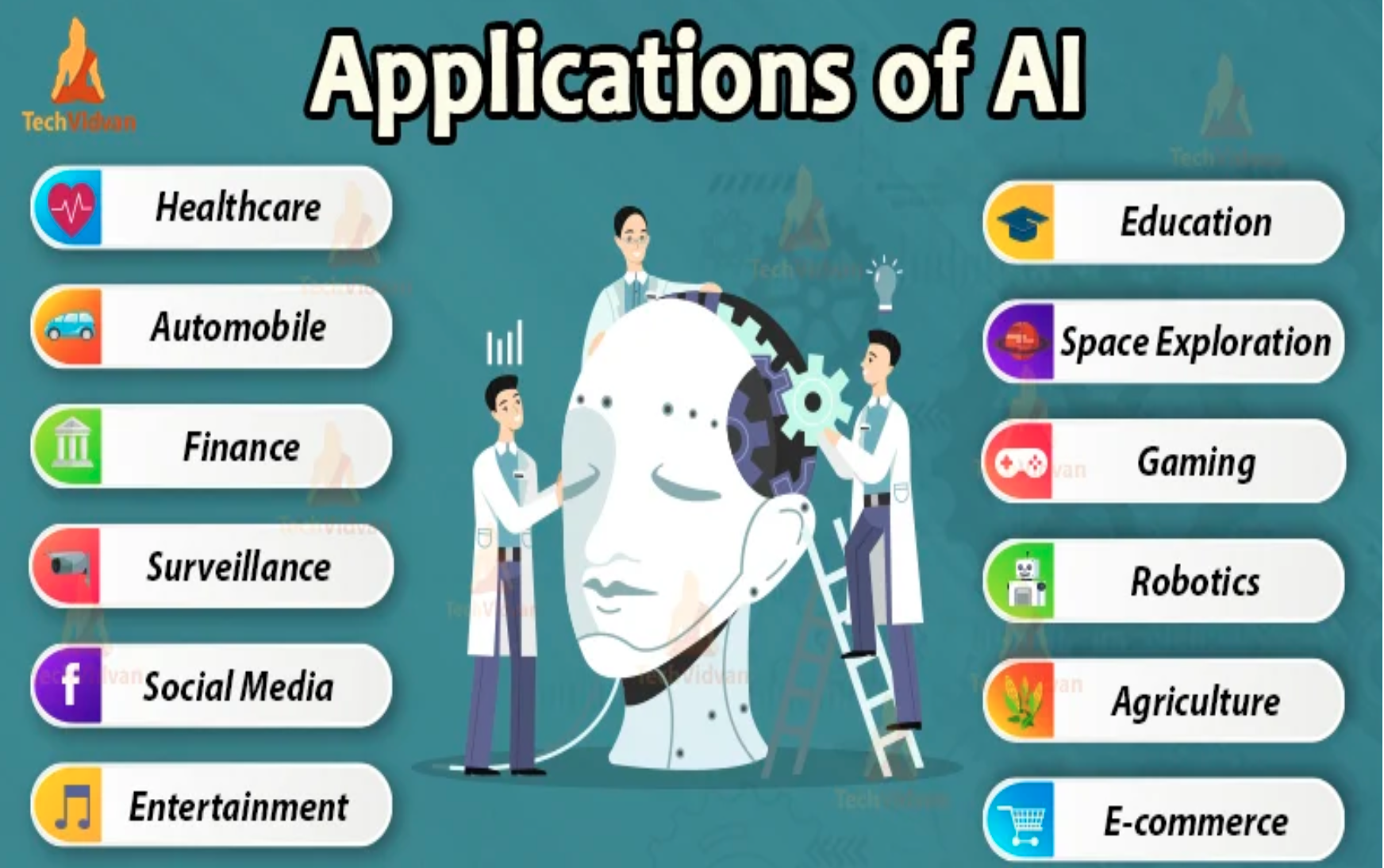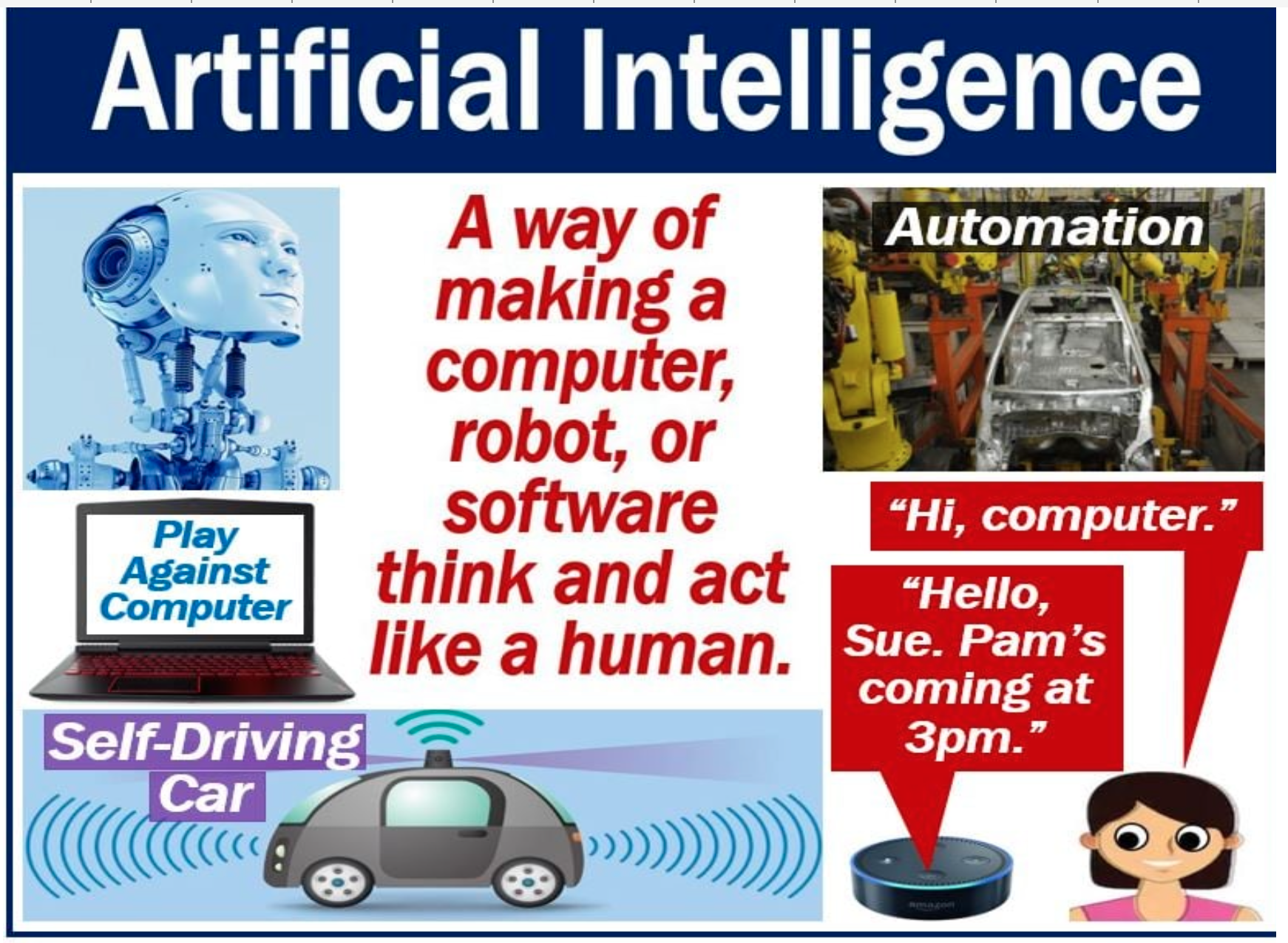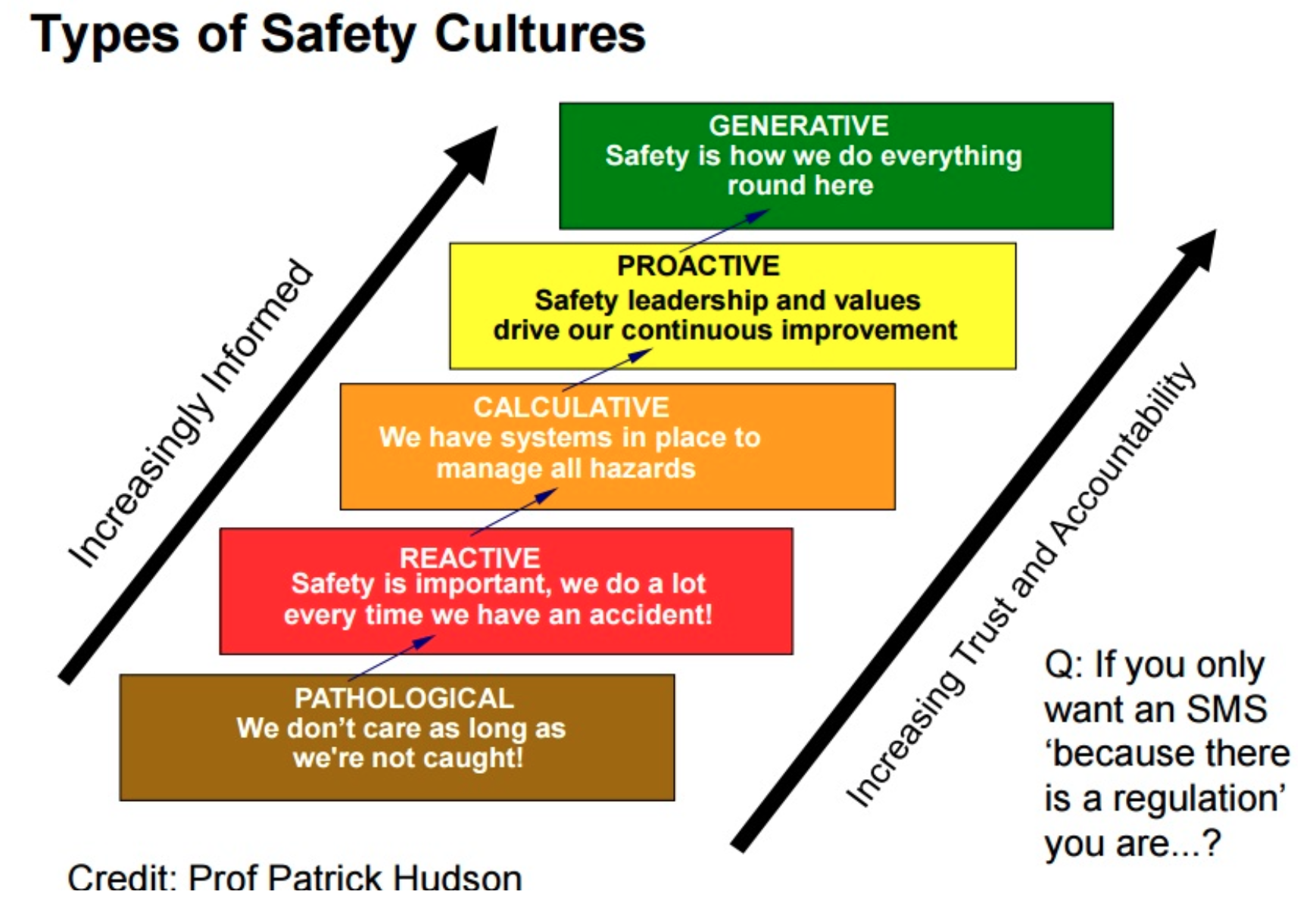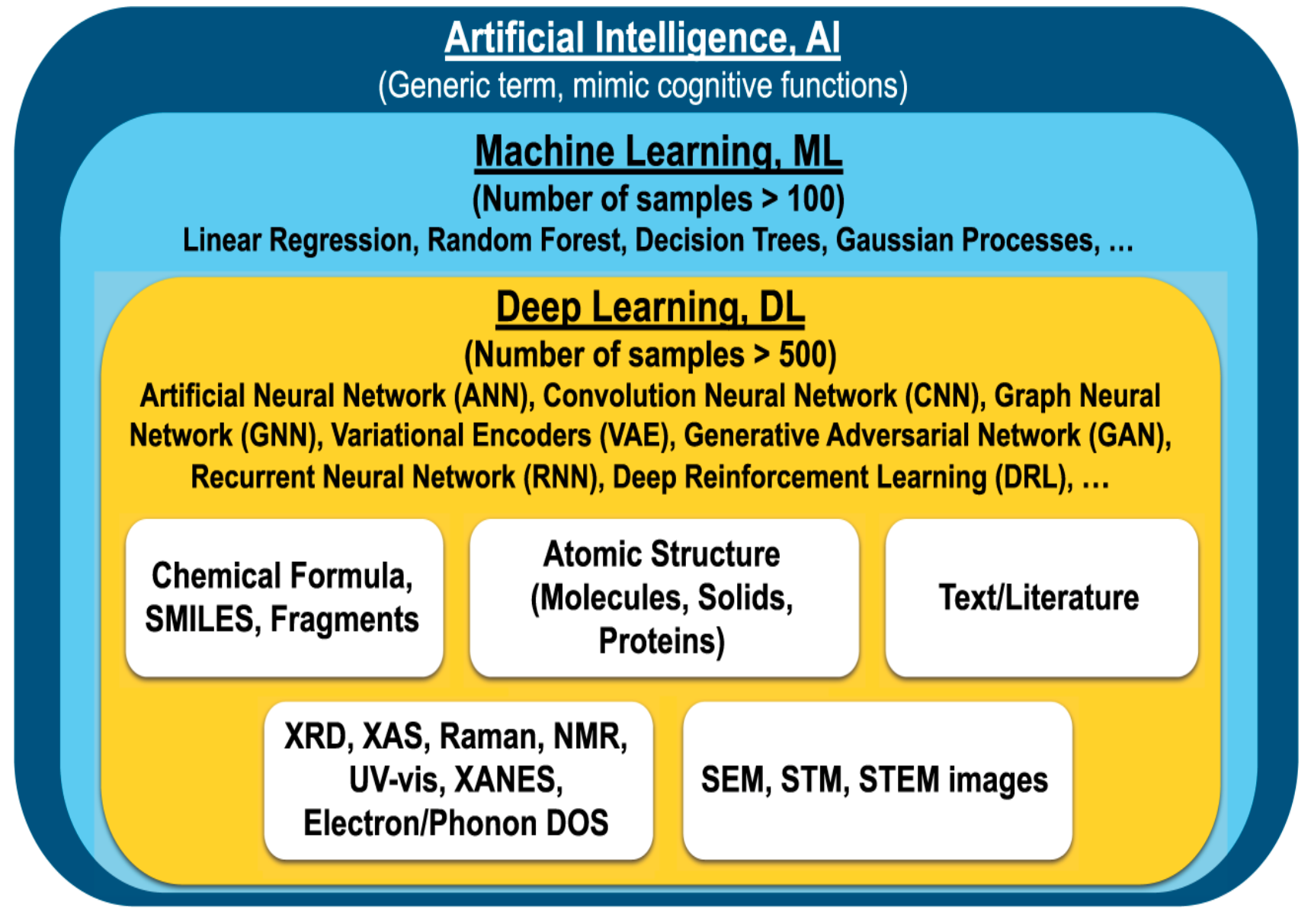 Since the 1990s, organisations have attempted to improve safety culture. They have tried top-down approaches, with senior management making statements about how important safety is. They have tried bottom-up hearts and minds programs, encouraging workers to work safely, and stop if a job can’t be done safely. There have been great strides, and examples of success, such as the UK 2012 Olympic development.
Since the 1990s, organisations have attempted to improve safety culture. They have tried top-down approaches, with senior management making statements about how important safety is. They have tried bottom-up hearts and minds programs, encouraging workers to work safely, and stop if a job can’t be done safely. There have been great strides, and examples of success, such as the UK 2012 Olympic development.
However, many safety culture programs stall after some initial improvements. Senior managers have invested in the program. Workers on the frontline want to be safer and healthier. Sometimes the obstacles come from the middle managers and supervisors, who are invested in existing ways of doing things. For a busy manager there just isn’t time to get ahead with improvement programs while they are doing the day-to-day supervision and management tasks
AI might provide some solutions to this stalling pattern, providing the extra set of hands – and eyes – that will help managers and supervisors to get on top of the workload and spend more time developing a proactive safety culture.
What is Artificial Intelligence General AI is the stuff of movies, generally embodied in a robot or android. Think C3PO in Star Wars, Data in Star Trek, or Ava in Ex Machina. It can respond to questions on any topic. General AI, however, does not yet exist, and some experts claim it never will. Narrow AI, however, is already with us. While traditional software achieves defined goals by following steps prescribed by a programmer, narrow AI can find new ways to achieve goals.
This paper focuses on one form of narrow AI – computer vision (CV). CV systems learn from libraries of images, and from their experience of interpreting images, how to recognise and track objects. CV is not just programmed to recognise a limited number of objects but can learn and develop over time.
Combined with AI-driven analytics engines, the information from CV can provide accurate predictions and recommendations. CV systems are already in use to screen mammograms, detecting cancers that doctors might miss. Manufacturing systems use CV to speed up and improve the accuracy of quality checks on components and products. You might even have CV on your mobile phone, as it is increasingly being used to provide security through face recognition.
Now, there is the opportunity to use CV to improve the safety culture in workplaces, increase opportunities for learning, and reduce serious injuries and deaths at work.
What is Safety Culture
In the 1980s, the term “safety culture” was used to explain how customs and undocumented practices caused the multiple failures that led to the disaster at the Chernobyl nuclear reactor, and later the Piper Alpha offshore platform.
ISO 45001 doesn’t refer to a ‘safety culture’ but rather a ‘culture that supports an organization’s OH&S management system”. Heavily influenced by the UK HSE definition of safety culture, ISO 45001 defines this culture as: the product of individual and group values, attitudes, managerial practices, perceptions, competencies, and patterns of activities that determine the commitment to, and the style and proficiency of, its OH&S management system.
Note: In ISO 45001 the expression “OH&S” means “occupational health and safety” and refers to the protection of physical and mental health, as well as protection from accidents.
A more colloquial description of safety culture is “the way we do things around here when no one is watching.” The over-confident driver sticks to the speed limits when there are cameras – and speeds when there are not. So, is changing the culture about getting everyone to see that something is dangerous, and that the precautions defined should be applied, even when no one is watching?
That might be the solution for some measures (such as speeding), but workplaces are more complicated than that. Sometimes the rules might not be obvious, or they might be wrong. What then is a ‘good’ safety culture?
What is a good safety culture?
One way of ranking safety cultures is to look at the approach to safety performance taken by the organisation. Imagine it as a building.
Organisations in the basement take no responsibility, even when an accident occurs. They might hide the accident or blame someone else. Sam receives an injury falling off a ladder. Sam is told to take some annual leave until they recover, and no one asks why the accident happened. If you’re reading this paper, it’s unlikely your organisation is at this level.
A lot of organisations are on the ground floor – they react when there is an accident. They look at the immediate cause of Sam’s accident – the ladder slipped, so let’s tell everyone to be more careful using ladders.
The first floor is still mostly reactive, but when there is an accident wider causes are looked for. Did Sam’s ladder slip because its feet were damaged? Or because the ground was uneven or wet? Or because it was being used in a hurry because of poor work planning?
If you’re on the second floor, you’ll already know that it’s not enough to respond when an accident happens. If you’re at this level you’ll be asking the ladder users like Sam to inspect ladders and report damage, or to report problems with unsuitable work sites. You might call these “near-misses” or “hazard reports.” It’s great that your proactive – but you can be even better.
Waiting for people to report near misses and hazardous situations is still being reactive. If you want to be in the penthouse suite of safety culture you need to be PROACTIVE looking for hazards, and pre-cursors of hazards, before anyone else reports them. You do this, not to punish or admonish, but to learn and make changes before any harm occurs. In a topflight safety culture, the EHS manager will keep track of ladder inspection training received and inspections carried out. If these metrics drop, you can take action to prevent a problem in the future with Sam’s ladder.
How Do You Promote A Proactive and Learning Safety Culture?
So how do you climb the stairs between safety culture levels? And can you get the lift from ground floor to the penthouse suite?
The next few sections highlight some areas for action if you want to promote a proactive and learning safety culture.
1 Reporting In defining a culture which supports OH&S, ISO 45001 indicates that good reporting is an essential ingredient in becoming a learning organisation: An important way top management demonstrates leadership is by encouraging workers to report incidents, hazards, risks and opportunities.
Reporting systems are not new, but they can be cumbersome, and without appropriate feedback, they are not effective. Table 1 shows some of the problems organisations experience with reporting systems – and some examples of how AI could overcome them.
How AI can improve reporting system problem AI solution It is time consuming to make an accurate report The reporter can post a photo of a concern to an app. CV can recognise objects in the image and suggest phrases for the report. With feedback, the app will get better at recognising what is important in each image.
Reports often contain errors, making it time-consuming to follow up later. For example, someone misidentifies the equipment. In a small workplace you might label all equipment to avoid misidentification. Where this is not practical, CV can recognise equipment, comparing it against a library of images, even when the viewpoint is different.
Reports are a snapshot in time. If you see vehicles in a pedestrian zone four times, how many will you report?
How many did you miss? CV can be consistent about identifying every time a vehicle is in a pedestrian zone, or multiple other events. You need to know if it’s a one-off event, or if the zoning isn’t working.
How AI can improve reporting. Reporting system problem AI solution It is time consuming to review and analyse reports. If you increase reporting, how will the EHS manager cope? Good reporting systems have a dashboard that summarises reports. AI analytics can highlight patterns that a manager or observer might miss. Have there been more examples of people and vehicles in close proximity since the shift system was changed?
Forward thinking EHS managers focus reporting systems on the positive. But they don’t have to wait for a worker to “do the right thing” to have a positive safety conversation. CV can provide positive feedback too. For example, following feedback from workers a new supplier is chosen to provide PPE. CV shows PPE is being worn more consistently where it is needed. Workers can be congratulated to reinforce this new behaviour.
2 Mutual trusts
ISO 45001 is clear about the importance of both leadership and worker participation. It emphasises trust in this relationship: A culture that supports an organisation’s OH&S management system… is characterized by, but not limited to, active participation of workers, cooperation and communications founded on mutual trust. ISO 45001 clarifies that one key to the trust relationship is that when workers report incidents or hazards they are protected from reprisals, such as the threat of dismissal or disciplinary action. Anonymous reporting might overcome fear of reprisals, but it removes the opportunity to get more detail, and can send a message that there is something shameful about reporting.
Often the disincentives to report are more subtle than disciplinary action. When someone reports that they made a mistake, even the raised eyebrows of a supervisor can be discouraging. Those receiving reports need to believe in a learning culture – that every report is an opportunity to learn and should be welcomed as such.
How Do You Promote A Proactive and Learning Safety Culture?
So how do you climb the stairs between safety culture levels? And can you get the lift from ground floor to the penthouse suite? The next few sections highlight some areas for action if you want to promote a proactive and learning safety culture.
1 Reporting
In defining a culture which supports OH&S, ISO 45001 indicates that good reporting is an essential ingredient in becoming a learning organisation:
An important way top management demonstrates leadership is by encouraging workers to report incidents, hazards, risks, and opportunities.
Reporting systems are not new, but they can be cumbersome, and without
appropriate feedback, they are not effective. Table 1 shows some of the problems organisations experience with reporting systems – and some examples of how AI could overcome them.
How AI can improve reporting
Reporting system problem AI solution It is time consuming to make an accurate report The reporter can post a photo of a concern to an app. CV can recognise objects in the image and suggest phrases for the report. With feedback, the app will get better at recognising what is important in each image.
Reports often contain errors, making it time-consuming to follow up later. For example, someone misidentifies the equipment. In a small workplace you might label all equipment to avoid misidentification. Where this is not practical, CV can recognise equipment, comparing it against a library of images, even when the viewpoint is different.
Reports are a snapshot in time. If you see vehicles in a pedestrian zone four times, how many will you report? How many did you miss? CV can be consistent about identifying every time a vehicle is in a pedestrian zone, or multiple other events. You need to know if it’s a one-off event, or if the zoning isn’t working.
Proposing the use of CCTV cameras with CV might seem counter-intuitive if we want to build trust in a work environment. CCTV on its own, when used carelessly to ‘police’ behaviour will reduce trust. Table 2 provides guidance on how to use CCTV with CV in a way that builds mutual trust in an organisation.
Table 2: Rules to build trust using CCTV and computer vision systems
- Make sure employees know where existing CCTV cameras are, and tell them about any new ones being installed. This makes it clear you are not trying to catch anyone out.
2) Tell employees what the CCTV will be used for and how long images will be kept.
3) Reassure employees that the CCTV images will be held securely, with only authorised people allowed to see them. They need to know they won’t appear in a “show reel” on social media. CCTV transmissions via wireless networks must be protected from external hackers.
4) Make it clear that use of CV is because you want to learn about patterns of behaviour in parts of the workplace, to improve the work environment. You will not use it as a disciplinary tool unless there are exceptional circumstances.
5) Consult employee representatives. Give them a demonstration of what CV will do. As well as reassuring them, they will have great ideas about how it can be used to protect people.
6) Agree a process to review the use being made of the CV, e.g. a meeting with staff reps after three months, to look at benefits from the process.
7) If there is a reportable accident – if someone has been hurt – you might need to review the original CCTV images, identify people and ask them about what they did and what they saw. Make this clear from the outset.
8) Workers have a right to privacy in some parts of the workplace. For example, in toilets and changing rooms. Covert recording could only be justified if there is evidence of deliberate criminal activity – it should be authorised at the highest level.
If there is already a trust relationship in your organisation, workers will know that CCTV is in place for their own security and safety – for example, to detect intruders, or to spot if a lone worker becomes unwell. Table 3 outlines some of the barriers than can arise in using CCTV more effectively to create a proactive learning culture – and how these barriers can be tackled.
Table 3: How AI can improve use of CCTV monitoring
Traditional CCTV monitoring problem AI solution It is expensive to have people watching multiple screens for hours each day. People become less vigilant over time, and will report hazards and other incident pre-cursors inaccurately. CV frees up people to do more fulfilling and interesting work. It doesn’t tire and is never distracted. It can be consistent in counting instances of the events it has been instructed to look for, and will report accurately.
Inappropriate monitoring responses can occur. For example, in the canteen the security guard who’d been looking at screens all morning teases a member of staff “you spent a lot of time talking to Sam!” CV will only look for the patterns you’ve asked it to look for. If there’s a rule about social distancing for pandemic control, it will highlight instances of people standing too close – but it won’t tell everyone who the people are. If CCTV is being used to
collect data on rule-following and rule-infringements, even with a fair and just culture it can be difficult for the human viewer not to start judging people.
CV will not make judgements about people. In clips selected for the EHS manager to watch, people can be anonymized – for example, by pixelating or blurring faces.
3 Active Participation of Workers
Another aspect of the positive safety culture emphasised in ISO 45001 relates to the participation of workers in identifying not just hazards, but opportunities for improvement. ISO 45001 explains that the culture is characterised by: active participation of workers … shared perceptions of the importance of the OH&S management system by active involvement in detection of OH&S opportunities and confidence in the effectiveness of preventive and protective measures.
EHS professionals often argue about whether near misses are a proactive (leading) or reactive (lagging) indicator of a safety system. The answer is that it depends on what your report, and what you do with the reports: If you treat a near miss or hazard report as an event that you must react to with punishment, new rules or re-written procedures, you are treating it as a lagging indicator.
If you have identified some of the pre-cursors to accidents (such as people walking in vehicle zones) and record these as a means of identifying what needs to be improved in the safety management system, you are treating it as a proactive (leading) indicator. But if we’re suggesting CV to support reporting, won’t that move us away from active participation of workers? CV will allow more time for EHS managers and the workers to work together on identifying the OH&S opportunities highlighted in the quote from ISO 45001. It will give them time to talk.
Table 4 gives some suggestions of how this would work. Table 4: Moving from near misses to proactive indicators
Near misses’ examples Equivalent proactive indicator Worker attempts to walk through an area where packaging materials have been left on the floor, trips on the packaging but isn’t injured. They leave the packaging and walk off to find a near miss reporting form. CV identifies packaging is often left by the entrance to the store on Monday mornings. The EHS manager reviews selected video clips with the workers. They explain that there are too many deliveries on a Monday morning to unpack and clear away at the same time. The EHS manager shows the CV evidence to the operations manager. Deliveries are spread across three days, making it easier to manage the packaging. Worker drops a heavy item on the floor. It damages nearby plant, but just misses another worker. Because of the damage, the worker reluctantly reports the incident as a near miss. CV monitors postures and identifies that excessive force is needed to move some objects in particular locations. The workers, the EHS manager and the operations manager review the clips to identify a solution. New handling equipment is provided, and workers are trained to use it.
A worker crosses the loading bay and a forklift driver is forced to brake suddenly. Packages fall from the forklift, and they report the near miss, blaming the pedestrian for the event. CV identifies that many workers a day take a short cut through the vehicle zone. In most cases, there are no vehicles nearby. When asked, they explain that by the time they’ve washed and changed to get across to the canteen, they’ll only have five minutes left – it takes too long to walk the long way around.
It is agreed to set-up a tea-room nearer the workplace, so they don’t need to go through the loading bay. Supervisor observes an object dropped from a scaffold, and the worker underneath is not wearing a hard hat. Fortunately, the object misses the worker, and the supervisor reports this as a near miss. CV is programmed to identify where appropriate PPE is not being worn. There is a high frequency of non-compliance with hard hats in one team. They are invited in to observe some of the saved CV clips. They complain their hats obstruct their view for the work they do. They sample some alternatives and choose one. A week later the CV shows that compliance is almost 100%, so they are congratulated for this to encourage even greater compliance.
Conclusion
Using computer vision with CCTV should not result in a “big brother” workplace, where people are disciplined because the computer says they broke a rule. EHS and operations managers can engage the workforce with problem-solving to identify the environmental factors that lead to unsafe behaviours. The quality of automatic and worker-based reporting can be improved, with the results growing a culture that values learning alongside operational and safety improvements.
Bio:
Dr. Bill Pomfret of Safety Projects International Inc who has a training platform, said, “It’s important to clarify that deskless workers aren’t after any old training. Summoning teams to a white-walled room to digest endless slides no longer cuts it. Mobile learning is quickly becoming the most accessible way to get training out to those in the field or working remotely. For training to be a successful retention and recruitment tool, it needs to be an experience learner will enjoy and be in sync with today’s digital habits.”
Every relationship is a social contract between one or more people. Each person is responsible for the functioning of the team. In our society, the onus is on the leader. It is time that employees learnt to be responsible for their actions or inaction, as well. And this takes a leader to encourage them to work and behave at a higher level. Helping employees understand that they also need to be accountable, visible and communicate what’s going on.



